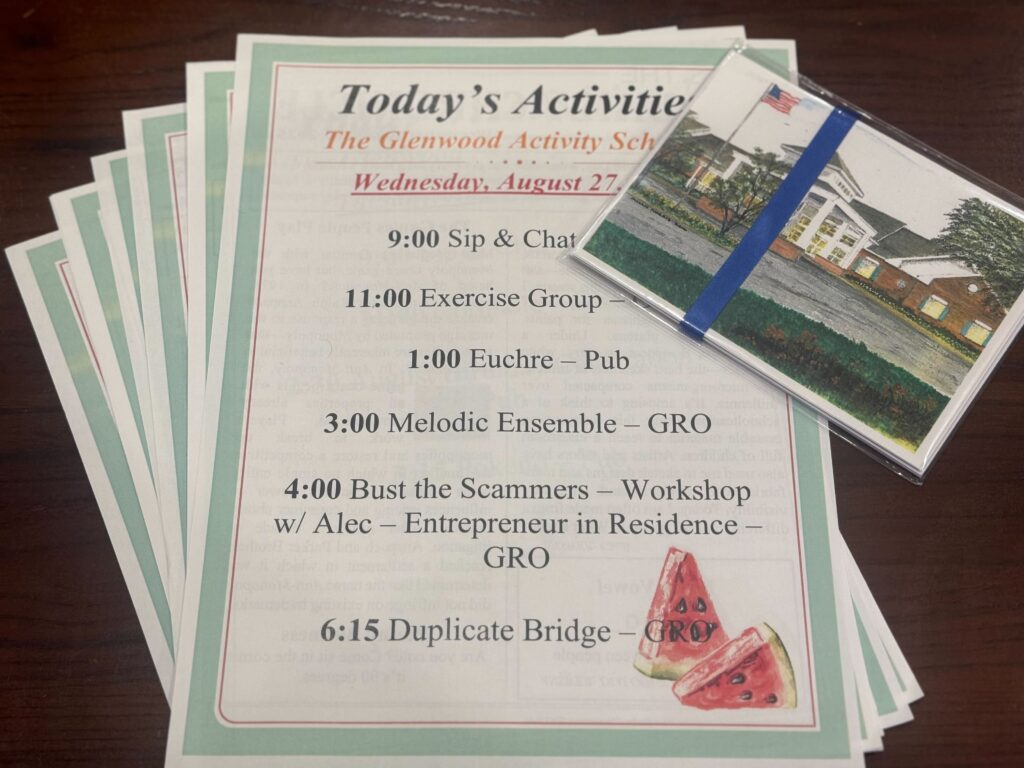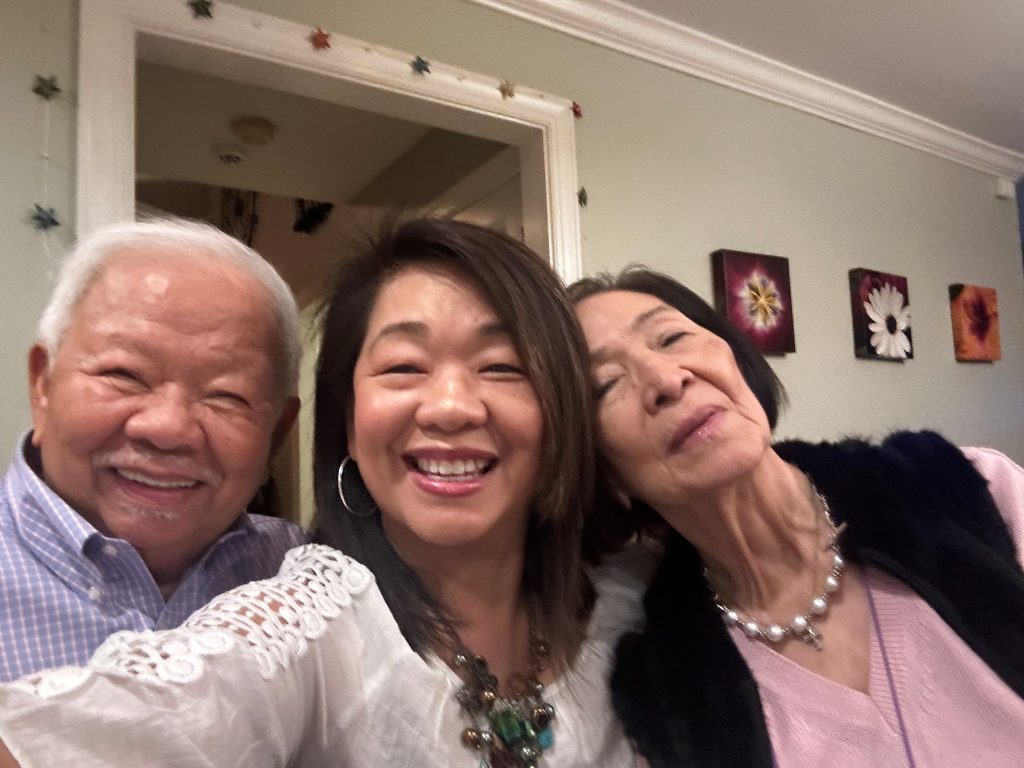The below post is an excerpt from the new book, Retirement Bites, by Kerry Hannon and Janna Herron. An eminently pragmatic book with plenty of real-life examples, it takes the reader through all the options when considering retirement—when, how, and what one might do with such newfound freedom. This may not be the book for someone who wants to sit on a beach, but we recommend it for the rest of you.
Give yourself permission to consider a few options, or to try something to see if it’s right before you commit. Understand that even as you’re envisioning what retirement could look like now, you have the power to change the vision when the time comes to actually retire.
Give yourself some breathing space in your vision of retirement. Ideally, you allow yourself a year to get the kinks out. No big decisions, no set-in-stone new roles to take up. This is the time for some freedom to try things out and see if you enjoy them, whether it is a volunteer project or an RV road trip to see your favorite bands in concert.
In other words, give yourself the space to just be. Allow your new chapter to unfold and bubble up without trying too hard. Say yes to lots of invitations but keep your boundaries. No long-term commitments.
This year is your year to decompress and discover.
When Jeff Hutchinson retired from Dominion Energy in Richmond, Virginia, he took a gap year to figure out what he wanted to do.
“I was emotionally ready to go,” said Hutchinson, who has adjusted well to life after work. But he didn’t want any specific must-do things that first year. His days now are full. His activities include getting together with former coworkers for lunch and tackling the pile of “when I retire projects” that were stored in his garage over the years. And he enjoys helping around the barn with the half-dozen horses he and his wife, Mary Beth Donnelly, tend to, along with maintaining the fields and fencing of their 56-acre farm in Beaverdam, Virginia.
Hutchinson knows he’s lucky to have a lot on his plate. “I tell my friends, ‘Don’t let retirement scare you.’ So many people are so worried that they’re not going to have anything to do. You need to plan a little.” Jennifer Jacobs, now in her early 50s, a nuclear engineer and former nuclear operations officer for the U.S. Army Reserve, started her retirement pivot more than a decade ago when she read an article about foster care and the difficulty of finding a child’s family.
‘Many retirees don’t seriously set aside the time to plan a vision like you’re doing right now.’
In her work life, she focused on nuclear nonproliferation. Her efforts crisscrossed with the intelligence community, whose analysts often track and find terrorist networks. As unlikely as it sounds, that experience helped Jacobs discover how similar technologies could be used to help foster care professionals find the families of foster children.
It didn’t happen quickly, but in 2011, she cofounded Connect Our Kids, a technology nonprofit based in Falls Church, Virginia, which helps social workers, lawyers, and volunteers to do just that, while also providing support to both children and their families. These tools are now being used by 2,000 foster care professionals in more than 40 states and Canada.
“Hearing the stories of reconnection and reunion made possible by our tools gives us a daily sense of profound purpose,” Jacobs told us.
“There’s no greater reward.”
The problem is that many retirees don’t seriously set aside the time to plan a vision like you’re doing right now. For those who encounter retirement earlier than expected because of a health crisis or downsizing, facing the new reality can be rocky.
There is no cookie-cutter solution to what will make a perfect retirement for you.
There’s no “one-size-fits-all.” It’s your own recipe.
It’s your playbook to write.
Consider These Soul-Searching Questions
No one is grading or judging you on your answers. That’s the beauty of this exercise. Take as long as you want to answer these—days even.
The only wrong responses are the ones you opt to ignore. Write out your answers. There’s something about the process of actively writing, or typing, that makes it real, tangible, meaningful.
- What’s my purpose?
- What’s important to me?
- What kind of work—paid or unpaid—do I want to do when it is time to retire?
- What am I curious about pursuing when I retire?
“Start with a list of 20 or so things you’re curious about,” Robert Laura, a retirement coach, told us. “When you’re curious, it fosters motivation. Tape that list to your refrigerator door.”
(Laura, born in 1972, lights up when tossing out that Ferris Bueller’s Day Off was his fave movie, and for listening vibes—AC/DC and Van Halen topped his chart.)
The Best-of-All-Worlds Exercise
Now we want you to imagine that you’re financially set, that you have enough money to take care of your needs now and in the future. In that light, consider these points:
- How would you live your life?
- Would you change anything? Let yourself go. Don’t hold back on your dreams.
- Describe a life that’s complete and richly yours.
Next scenario: You visit your doctor, who tells you that you have only five to 10 years left to live. The good news is that you won’t ever feel sick. The bad news is that you will have no notice of the moment of your death. Given that reality:
- What will you do in the time you have remaining to live?
- Will you change your life? If so, how will you do it?
Final take: This time, your doc shocks you with the news you have one day left to live. Ask yourself:
- What did I miss?
- What did I not get to be?
- What did I not get to do?
Your Ideal Week
This exercise is designed to help you envision your dream retirement. Try to be as specific as possible as you complete these entries. This is your opportunity to be brutally candid about your goals, who you are, and the things you love.
- Describe hour by hour how you would spend your ideal day—if you had all the resources you need to live exactly as you like.
- Describe how you would spend your ideal week—if you had all the resources you need to live exactly as you like.
Another twist on this is to silo it down into categories. Ask yourself:
- What must you do?
- What could you do?
- What would be fun to do?
This exercise is meant to provide you with an outline of immediately actionable steps you can follow, with room to add others as you go.
When we describe our ambitions, dreams, and goals, or at least put them down on paper in black and white, they become real. And once they are real we can begin to gradually find ways to incorporate them into our daily lives and our future reality. You should also note the cons, or things you want to be certain not to do in your next stage of life. Along the way, we can discover ways to trim back the roadblocks for getting there, and add new things to boost our chances of getting to our dream retirement.
How Can I?
Now that you’ve begun to formulate a picture of your retirement and what matters to you from a broad perspective, it’s time to whittle it down to reality. Doing so will help you tease out precisely what it is about planning for retirement that makes you freeze.
The best way to go about this process is to spend a week or two tracking your feelings and observations from the time you get up until the time you turn out the lights for the night. In a journal, make note of what happens each day, how you feel at different times, what makes you smile, and what makes you anxious. Jot down those moments when you feel confident and those when you feel bored or stressed or overwhelmed.
‘Once you understand what motivates you and where your blockers are, you’ll be better equipped to make a practical plan for retirement.’
When you read back over your journal entries, you might find your sticky spots. Think about them. And then, instead of saying, “I hate this,” ask yourself: “How can I change this? What do I want to replace it with? What’s my goal?”
Kerry learned this lesson from her dad. Whenever she asked his counsel about a goal she had, he would always ask, “How can you?” He would ask her this even when others were telling her she couldn’t do it.
The lesson is this: Surround yourself with people who bring that kind of attitude.
Once you understand what motivates you and where your blockers are, you’ll be better equipped to make a practical plan for retirement.
Finally, remember that designing your retirement vision is not a chore. Creating your vision board and journaling can become a fun part of your daily routine, and with them you can begin to envision your own personal retirement-plan possibilities. That sense of taking control gives you power, and having dreams can provide a dose of adrenaline.
Sure, money and wealth are part of helping us be able to do the things that bring us joy, but it’s so deeply important to remember that happiness is often found in the simplest things in our lives. So hold that concept dear as you spin up the view of your future.
Ours is a culture that often determines our worth as human beings by how much money we make or have socked away. We encourage you to take time to ponder moments of wonder and delight that you want to include in your retirement vision.
These are often the things that really make life worth living. As author Annie Dillard memorably put it, “How we spend our days is, of course, how we spend our lives.”
In the end, however, after all the list-making, self-evaluation, and dreaming, you must choose to envision your happiness in retirement.
One of the biggest mistakes retirees make is to dream far too small. That’s why it’s key for you to put in some time right now to really allow yourself to visualize what retirement might look like for you.
Your To-Do List
- Create a “pros and cons” list of your current life and what you’d look forward to creating in the future.
- Build a tangible vision board.
- Reframe retirement goals from “I can’t” to “How can I?”
Now that your vision for retirement is beginning to gel, your next step is to figure out what it will take financially for you to achieve it.
Excerpted from Retirement Bites: A Gen X Guide to Securing Your Financial Future. Copyright © 2025 by Kerry Hannon and Janna Herron. Available from Basic Venture, an imprint of Hachette Book Group, Inc.
Photo credit: Shutterstock/Davor Geber













